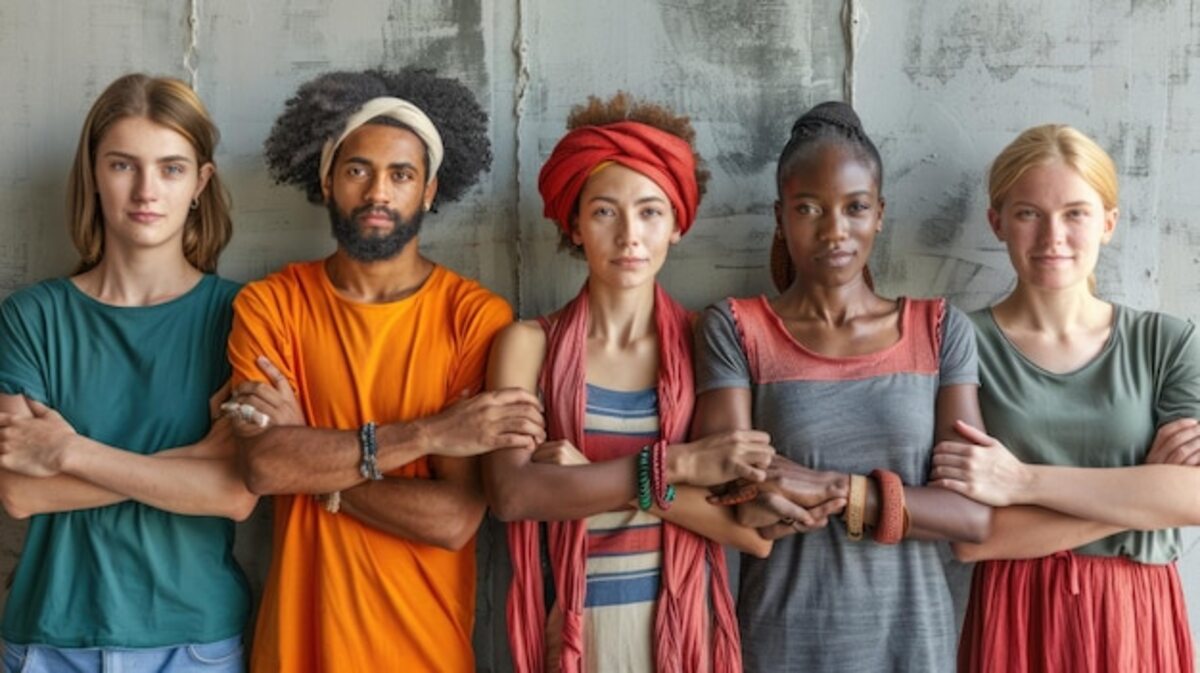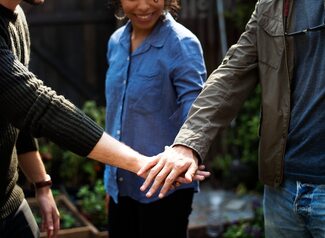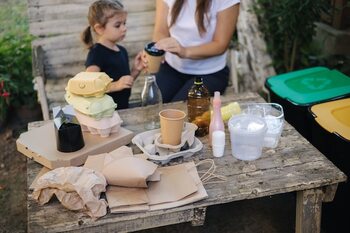Create an urban space that celebrates cultural diversity.

Create an urban space that celebrates cultural diversity, a call to transform our cities into authentic refuges of inclusion and creativity. Imagine a place where every corner tells stories of traditions, flavors, and rhythms from various cultures. This article will take you on a journey to discover how to design vibrant urban spaces that not only reflect our plurality but also promote respect and coexistence. Dare to be part of the change and turn your environment into a constant celebration of diversity.
The importance of cultural diversity in urban spaces
Cultural diversity in urban spaces is essential for building inclusive and enriching communities. Each culture brings with it a unique set of traditions, customs, and forms of expression that can enhance the social fabric of a city. By integrating elements from different cultures into urban design, an environment is created where people not only coexist but also share and celebrate their differences. This fosters a sense of belonging and pride among residents, which in turn promotes social cohesion and mutual understanding.
Moreover, cultural diversity can be a powerful driver of creativity and innovation in urban spaces. When multiple voices and perspectives are allowed in the public sphere, it opens the door to fresh ideas that can transform ordinary places into vibrant destinations. From murals that reflect local heritage to festivals showcasing traditional dances, each artistic expression contributes to creating a dynamic and appealing environment. By celebrating this plurality in our urban settings, we not only enrich our cities but also inspire future generations to value and respect cultural differences as an essential part of their collective identity.
2. Key elements for designing an inclusive space
To design an inclusive urban space, it is essential to consider accessibility as one of the key elements. This involves creating environments that are easily navigable for all people, regardless of their physical abilities. Incorporating ramps, wide walkways, and clear signage in multiple languages are just a few strategies that can help eliminate barriers. Furthermore, it is crucial to ensure that the spaces are equipped with appropriate urban furniture, such as comfortable benches and resting areas, where everyone can enjoy the environment without limitations.
Another important aspect is the incorporation of representative cultural elements that honor the diversity of the community. This can be achieved through community murals, sculptures, or artistic installations that reflect the stories and traditions of different cultural groups present in the area. The active participation of residents in the design and execution of these elements not only creates a sense of belonging but also fosters an enriching intercultural dialogue. By celebrating and making visible the diverse cultures through art and urban design, an environment is established where each individual feels valued and respected in their unique identity.
3. Inspiring examples of cities that celebrate their multiculturalism
Multiculturalism is an inexhaustible source of inspiration for urban design, and many cities around the world have embraced this philosophy. For example, in Toronto, Canada, there are neighborhoods that celebrate diversity through cultural festivals that attract thousands of visitors each year. The famous Kensington Market is a clear example of how a space can become a vibrant mix of cultures, where international flavors blend with street art and live music. These types of initiatives not only enrich urban life but also foster a sense of belonging among residents from diverse backgrounds.
Another notable example is Melbourne, Australia, where cultural diversity is manifested in its wide variety of public spaces designed to be inclusive and representative. In the Footscray neighborhood, local markets can be found offering typical products from different cultures, ranging from Vietnamese food to Ethiopian sweets. In addition, community events like the Multicultural Festival celebrate local traditions and create opportunities for cultural exchange. These initiatives not only beautify the city but also foster an environment conducive to social cohesion and intercultural dialogue.
4. Community activities to promote cultural interaction
Community activities are essential for fostering cultural interaction and creating a sense of belonging in urban spaces. By organizing festivals, fairs, and workshops that celebrate the traditions and customs of different communities, residents are invited to share their stories and learn from one another. These dynamics not only enrich the social fabric but also allow people to recognize and appreciate the diversity that surrounds them. Imagine a market where typical dishes from various cultures are offered, accompanied by live music and traditional dances; a space where each visitor can experience a small part of the world without leaving their neighborhood.
Furthermore, it is essential to promote volunteering and collaboration among cultural groups to strengthen social cohesion. By involving residents in community projects, such as collaborative murals or cleaning and beautification days for the urban environment, a sense of shared responsibility for the place they live in is generated. This not only optimizes the physical space but also creates meaningful connections between individuals from different backgrounds. The daily interactions that arise in these contexts can break down preconceived barriers and build bridges toward greater mutual understanding, making the urban space a true celebration of our cultural diversity.
5. How to incorporate local art into urban design
Incorporating local art into urban design is a powerful strategy to reinforce the cultural identity of a community and foster a sense of belonging among its inhabitants. To achieve this, it is essential to collaborate with local artists who can capture in their works the stories, traditions, and values of the culture they represent. Vibrant murals, interactive sculptures, or temporary installations can transform public spaces into open-air galleries, where each piece tells a unique and poignant story. This approach not only beautifies the environment but also validates and celebrates the cultural diversity present in the city.
In addition, by integrating local art into urban designs, community participation is stimulated. Organizing workshops where artists and residents collaborate can result in collective creations that reflect the aspirations and dreams of the neighborhood. These projects not only promote teamwork but also create an emotional bond between people and their environment. By allowing citizens to be an active part of the creative process, a more inclusive space is achieved where each individual feels that their voice has been heard and valued, thus contributing to a harmonious and enriching coexistence for all.
6. Green spaces as intercultural meeting points
Green spaces, such as parks and community gardens, are more than just simple recreational areas; they are intercultural meeting points where differences are celebrated and human connection flourishes. When designing these enclaves, elements that represent diverse cultures can be incorporated, such as thematic gardens, art installations, or resting areas that reflect the aesthetics and values of different traditions. In this way, each visitor not only enjoys the natural surroundings but also has the opportunity to learn about the customs and worldviews of their neighbors. These spaces foster a shared sense of belonging and mutual respect.
Additionally, community events organized in these green spaces can be an excellent way to celebrate cultural diversity. Food fairs, music festivals, or cultural workshops allow people to interact and share their heritage in a friendly and welcoming environment. By involving all ethnic groups present in the community to participate in the planning and implementation of these activities, the feeling of inclusion is reinforced and stronger social networks are created. Thus, green spaces not only beautify our cities; they also act as catalysts for intercultural dialogue and mutual understanding among different social groups.
7. Strategies to maintain sustainability and cultural authenticity
To ensure sustainability and cultural authenticity in an urban space, it is essential to involve local communities in the design and planning process. This not only allows the voices of the residents to be heard but also ensures that traditions and customs are organically integrated into the urban environment. Encouraging participatory workshops where citizens can express their ideas and visions will help create a sense of belonging and shared responsibility towards the space. By including representative elements of local culture, such as murals, sculptures, or artistic installations, an emotional connection between the community and its environment is achieved.
It is also important to implement sustainable practices that respect both the environment and cultural heritage. This can be achieved by using local and recycled materials in the construction of public spaces, as well as promoting cultural activities that highlight the history of the place. The creation of community markets, artisan fairs, or food festivals not only boosts the local economy but also celebrates the unique culinary traditions of each culture. In this way, a dynamic urban ecosystem is fostered where diverse cultural expressions coexist while protecting the heritage for future generations.



